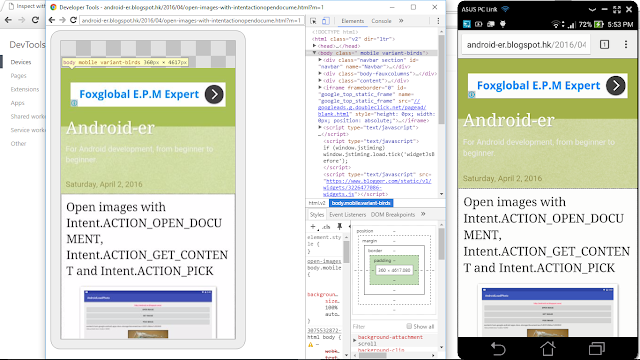
This is why Chrome OS provides Android developers with the tools to deploy and test their apps on Chromebooks. They also let you see your size with different screen sizes and resolutions.Being able to run Android apps on a Chromebook is great, it gives users access to the vast Android ecosystem offerings and it gives Android developers the opportunity to reach Chrome OS users.ĭevelopers should make a point to verify their apps on different form factors, since this will help improve users' experiences. Each tool makes it easy for you to troubleshoot issues, improve network performance, and get information about what needs to be done to improve your site. You can then work with a specific type of page or app information under several groups of tools, including elements, profiles, console, resources, network, timeline, audits and sources. DevTools are grouped in a toolbar at the top of the browser window. You can also use your keyboard by selecting ctl+shift+i on Windows-based devices or cmnd+opt+i on Mac. You can also right-click on a page element and select ‘Inspect Element’. From ‘Chrome menu’, select ‘Tools’ followed by ‘Developer Tools’.

To use Google Chrome Developer Tools, all you have to do is open a page with Google Chrome. DevTools also lets you track layout issues, get insights into code optimisation, and establish JavaScript breakpoints. These comprehensive tools are used by developers to iterate, debug and profile your website without the need to exit Chrome’s environment.

Google Chrome Developer Tools, also known as Chrome DevTools, are advanced web authoring and debugging tools built into Google Chrome. Softonic review Debug and edit web pages with Chrome DevTools


 0 kommentar(er)
0 kommentar(er)
